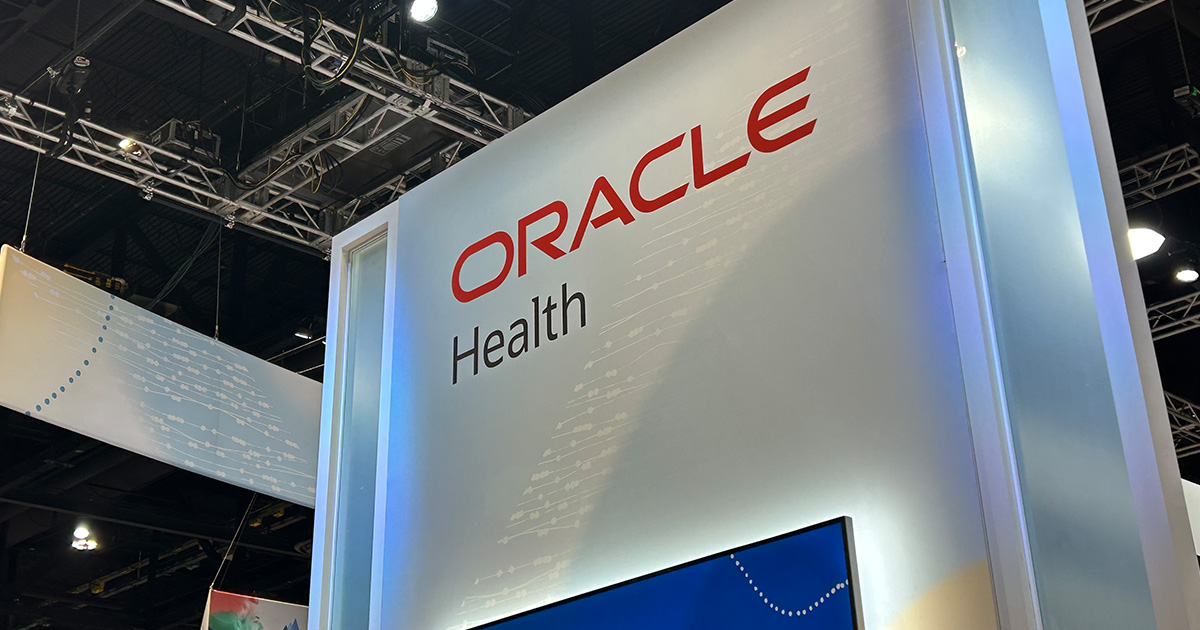"I'm not claiming victory yet," said Sunquist, but "we're off to a good start."
Joanne Sunquist knows Epic.
As the chief information officer at the four-hospital HealthEast Care System in Minnesota, she's successfully spearheaded the new $135 million Epic electronic medical record implementation within an aggressive 14-month timeline across the hospitals. The hospitals went live June 1, and the health system's 14 clinics will follow suit by December.
So far, things have gone relatively smoothly, said Sunquist, who was among this year's Healthcare IT News' Top Women Powerhouses in Health IT. It certainly didn’t hurt that this is her second Epic roll out. (In her previous one, she led the EMR implementation at Hennepin County Medical Center, which helped earn the HIMSS Analytics Stage 7 status.) She also credits her project director, who has directed Epic rollouts at some 54 hospitals, as an integral part of the health system's success.
[See also: HealthEast board approves new EHR.]
Sunquist, who originally started out in a nursing leadership position, said her IT career just sort of rolled out for her. Her first system implementation was a nurse staffing scheduling platform back in the '80s. She was also part of the group that selected the hospital system, which back then was limited to admissions, discharge, transfer and ordering. "That's when I started getting interested in technology in healthcare."
Fast forward a few years, and Sunquist is exactly where she wants to be: in IT.
EMR rollout
As far as go-live metrics, HealthEast has hit all of its targets, said Sunquist, including everything from computerized physicians order entry and bar code administration to how quickly the team was closing critical tickets. They also met goals regarding charge captures and ensuring that revenue was coming in the door. "I'm not claiming victory yet," said Sunquist, but "we're off to a good start."
Rollouts of this size, however, always come with kinks. Some of the things HealthEast has had to deal with were "expected," Sunquist pointed out.
[See also: Top women powerhouses in health IT and Women promise new tide for health IT.]
One of the first things the health system did was to implement Epic's Foundation System, which is Epic's standard workflow, something HealthEast had never had before.

"We knew with the implementation of standard workflow there would be a lot of issues around that," she said. Workflow issues, not technology issues. "So we had issues with just patient movement, like admitting patients, discharging patients, moving them from the ICU, from one hospital to another."
Then there's the user access issue for HealthEast's some 7,000 users. "You set them up with a security profile based on what you think their job is. Then they come to work, and they say, 'Well, yesterday I was a nurse in the ED at this hospital, but today, I'm working in ICU at this hospital,' so you have to change their security provisions," added Sunquist. "That's always a big deal."
But those issues, for the most part, have been resolved, she said.
Important preparations
Overall, it's so far, so good, said Sunquist. Without implementing beforehand the Foundation System together with the 24/7 employee education classes that were held months before go-live, things wouldn't have turned out this way she said.
Sunquist also cited executive level support for system-wide employees training from the get go that proved integral. Staff and physicians all had to pass competency exams. "You can imagine some of the physicians were like, 'well, I don't know why I have to go through training,'" recalled Sunquist. Senior leadership's response? "Well, if you don't, your privileges are being taken away, so there was teeth around it."
HealthEast will be attesting to Stage 2 meaningful use on the new system in July, August and September of this year.
In terms of advice Sunquist has for other hospitals working on an EMR rollout: It's all about choosing the right vendor, she said, and making sure you have the budget. "It's extremely important to make sure you have enough money to do it right, and I know that's a challenge," she said. "The first thing I looked at when I was considering this job was, 'is the budget adequate' because I know you can't do these things on a shoestring."
Regarding vendors, HealthEast previously had seven different EMR systems, including platforms from McKesson, Allscripts and Centricity. The healthcare system's inpatient vendor McKesson chose to move all of its Horizon customers to a new platform, one that didn't meet HealthEast's needs, said Brian Patty, MD, HealthEast vice president and chief medical information officer, in an interview with Healthcare IT News last year. Making the switch to Epic across the board just simplified things.
"Everyone else in town was using Epic," said Sunquist. "It's so much easier to take care of your shared patients when you're all on Epic, and so many of the physicians who worked at other hospitals were saying, 'Why don't you have Epic?'"


